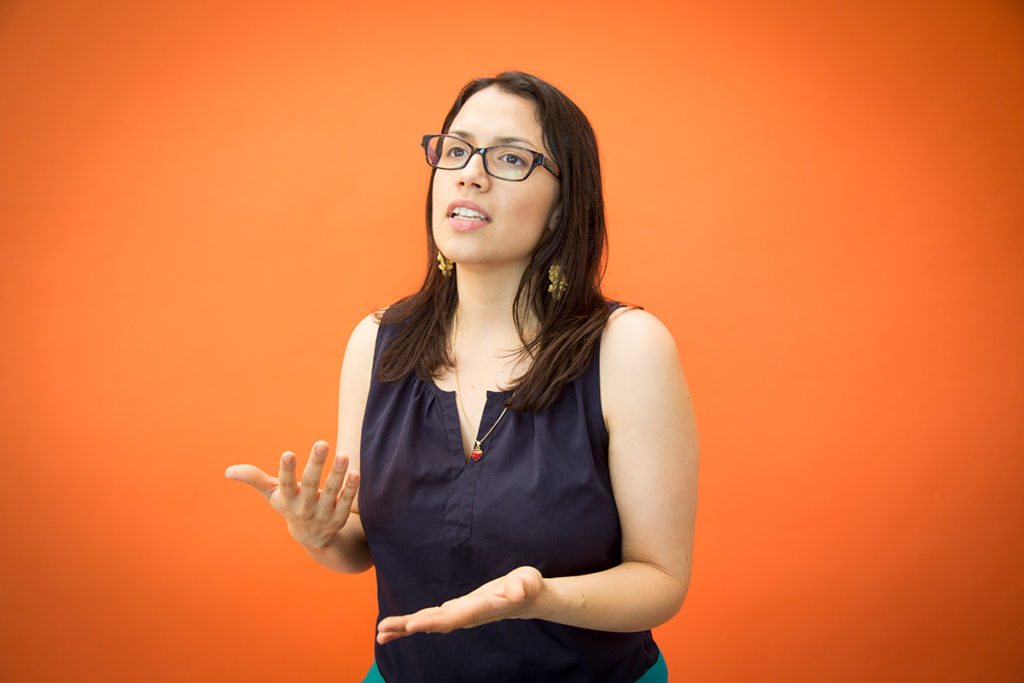
What are alternative art spaces?
Alternative art spaces are locations in which art is being practiced, exhibited or happening outside of the “white cube,” the traditional, commercial art spaces, such as galleries, museums and other art institutions. Sometimes the artworks are more conceptual contemporary pieces, sometimes they are more experiential, and sometimes they are site-specific.
Do you mean art is exhibited that is intended to speak to a specific community as audience?
Yes, there’s often outreach to a particular audience. For example, since the early 2000s, there has been a push to provide access to art for communities that otherwise wouldn’t frequent museums and galleries.
Why are these spaces called alternative?
These spaces are not typical art venues. They can be very informal: in a garage, a storefront like Machine Project in Echo Park, or in abandoned spaces. Some are performance spaces. Some are not even physical spaces at all. The possibilities are endless, but these spaces are reframing the art experience. Also, the spaces are not entirely commercial, as galleries are, and they’re not traditional in terms of showing the paintings and sculptures that we’re used to seeing in art institutions.
Who runs alternative art spaces? Shop-owners? Friends or family members of the artists?
Artists often operate and manage these spaces themselves, individually or in an artist collective. They curate their own space, or they manage spaces for other artists. In some ways, these spaces are a response to the lack of funds allocated to the arts, especially contemporary conceptual art, which isn’t commercial. In many ways, this is happening on a grassroots level.
You were involved in an alternative art space called a “pop-up” gallery. What is that?
A pop-up gallery can exist for only one day at a specific time. Hassan Del Campo ’07 and I co-founded a pop-up gallery in Laundromats, called L.A.undry. We exhibited throughout Los Angeles, having one-night receptions for local artists, salon-style, in Laundromats while people were doing their laundry.
How did you become involved in this area of art?
I studied the history of art, focusing on Chicano Art with Rita Gonzalez, and on fine arts, particularly on ceramic sculpture, with Thomas Müller. In my senior year, I took a mural class in the Department of Chicana/o Studies with Barbara Carrasco, an L.A. painter and muralist who has been active in the Chicano Civil Rights Movement and the United Farm Workers union. I worked on a lot of murals with her after I graduated, including some involving the Dolores Huerta Foundation. I also was very active in social justice issues on campus, so my interest comes from my student activism and community service work at LMU as well.
FAVORITES
After Nathalie Sánchez spoke with us about her L.A.’s alternative art spaces, we asked her to tell us about some of her favorites.—The Editor
L.A.undry
Whether you are waiting for your laundry to dry or just viewing drawings, paintings and site-specific multi-media installations by local emerging artists, L.A.undry’s one-night receptions at laundromats throughout Los Angeles are sure to engage the art viewer in all of us.
Location: varies
findlaundry.tumblr.com
Slanguage Studio
One of the most dynamic artist collectives in L.A., Slanguage exhibits, performs and organizes youth workshops showcasing a colorful fusion of contemporary happenings and socially engaged art.
Location: 7000 Santa Monica Blvd., Hollywood
slanguagestudio.com
Cypress Park Tunnel Art Gallery
The Cypress Park tunnel, in northeast L.A., has been transformed from an abandoned underground pedestrian walkway into a community arts haven where you can spot a Shepard Fairy wheat-paste poster among the graffiti-filled walls and hear local musicians perform, but only during art walks.
Location: Figueroa St. near Loreto St. in Cypress Park
facebook.com/TunnelArtWalk
TractionArts
If you are taking an evening walk through the heart of the downtown arts districts, you may come across a window that serves as a movie screen by projecting looping experimental videos. Artist Ken Marchionno invites artists to screen video art on the street-facing window of his studio.
Location: 821 Traction Ave., Los Angeles
tractionarts.org
Human Resources
This ambitious art hub on the fringes of Chinatown has performances and community conversations to maximize public engagement with contemporary and conceptual art.
Location: 410 Cottage Home St., Los Angeles
humanresourcesla.com
